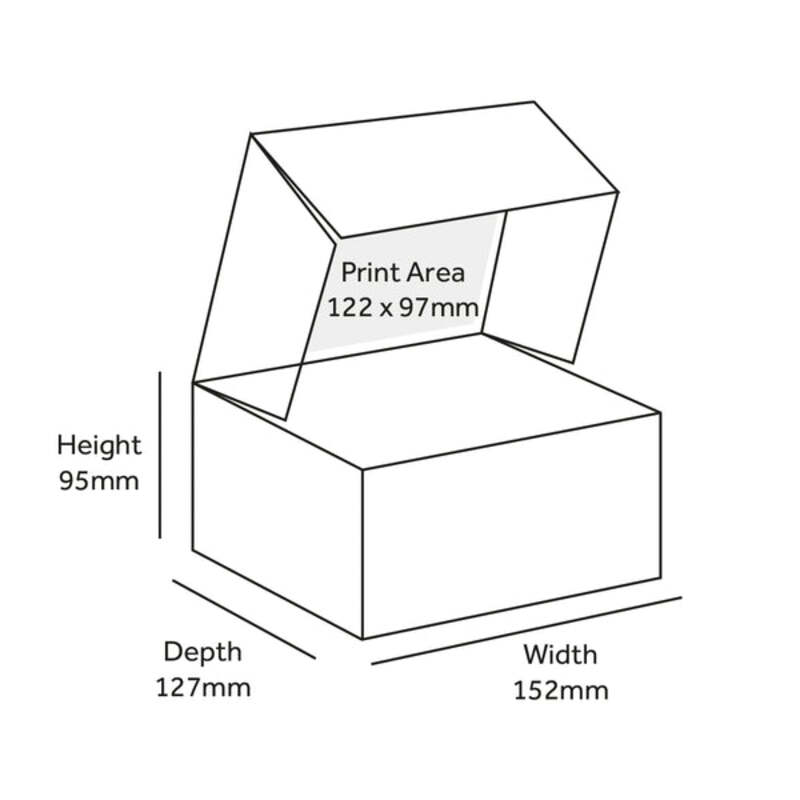The Impact of Plastic Food Packaging on Our Environment
In the modern world, plastic food packaging has become an integral part of our daily lives. It is omnipresent in supermarkets, restaurants, and homes, designed to keep our food fresh and safe to consume. However, the environmental implications of this pervasive material are profound and alarming. As we delve into the consequences of plastic food packaging, it becomes imperative to consider both its functionality and its ecological footprint.
First and foremost, plastic packaging is celebrated for its convenience. It allows for efficient transportation and storage, and it helps to prolong the shelf life of food products. Innovations in plastic technology have yielded different types of packaging that are lightweight, durable, and often more cost-effective than their alternatives. For instance, plastic containers and wraps can help prevent spoilage, thereby reducing food waste—a significant global issue. According to the Food and Agriculture Organization (FAO), approximately one-third of all food produced for human consumption is wasted. In this light, plastic packaging can seem like a necessary component of the food industry.
However, the benefits of plastic packaging are overshadowed by its environmental ramifications. One of the most pressing issues is plastic pollution. A staggering amount of plastic waste ends up in landfills and oceans, where it can take hundreds of years to decompose. The United Nations reports that approximately 300 million tons of plastic are produced each year, with a significant proportion being single-use packaging. This plastic often breaks down into microplastics, polluting our waterways and entering the food chain, ultimately affecting human health.
plastic food packaging

Moreover, the production of plastic contributes to greenhouse gas emissions, exacerbating climate change. The extraction, transportation, and processing of fossil fuels—primarily petroleum—are all necessary for producing plastic. This process not only depletes natural resources but also releases harmful emissions into the atmosphere. Researchers estimate that the plastics industry could contribute as much as 1.34 gigatons of greenhouse gases by 2030, significantly hindering global efforts to combat climate change.
In response to these challenges, various stakeholders are beginning to explore alternatives to plastic food packaging. Biodegradable options, made from natural materials like cornstarch or bamboo, are gaining traction. These materials break down more easily in the environment, thus reducing the long-term impact of packaging waste. Additionally, innovations such as reusable packaging systems and bulk buying initiatives encourage consumers to reduce waste by opting for refillable containers and minimizing the use of single-use plastics.
Governments and organizations are also taking action. Many countries have implemented bans on single-use plastics or have set ambitious recycling targets to mitigate plastic waste. The European Union has adopted policies aimed at achieving a circular economy, where materials are reused and recycled rather than discarded. Public awareness campaigns are vital in changing consumer behavior, promoting the idea that individuals can make a difference by choosing sustainable options.
In conclusion, while plastic food packaging offers numerous advantages in terms of convenience and food preservation, its environmental impact cannot be ignored. As global awareness of plastic pollution and climate change rises, it is crucial for consumers, businesses, and policymakers to work together to seek sustainable alternatives. By making conscious decisions about packaging, advocating for eco-friendly innovations, and supporting legislation aimed at reducing plastic waste, we can begin to address the urgent challenges posed by plastic food packaging. The journey toward a more sustainable future may require effort and adaptation, but the health of our planet and future generations depends on it.



